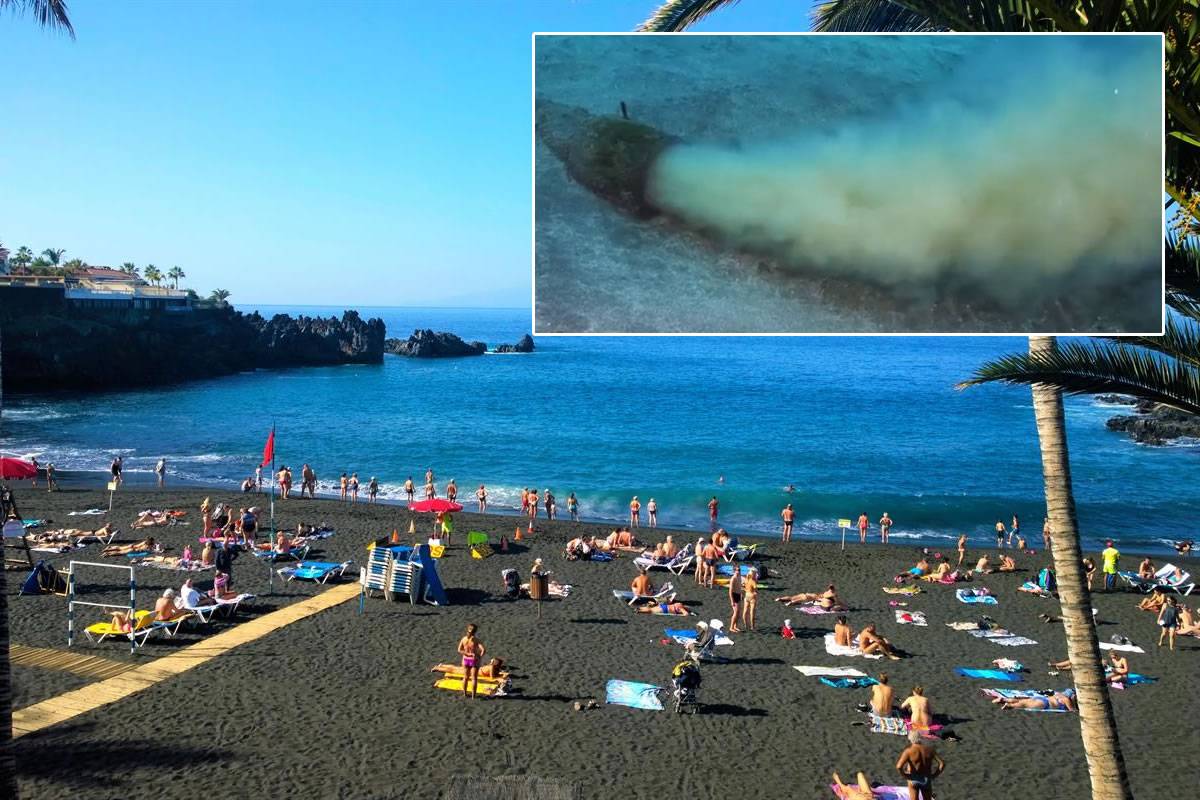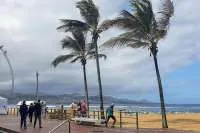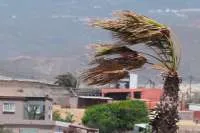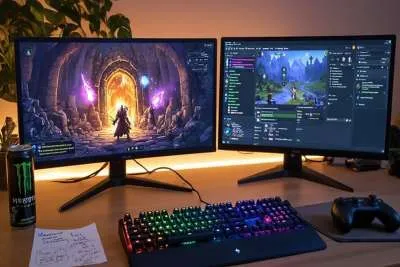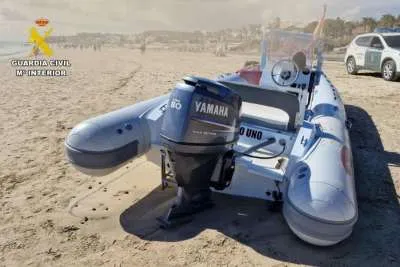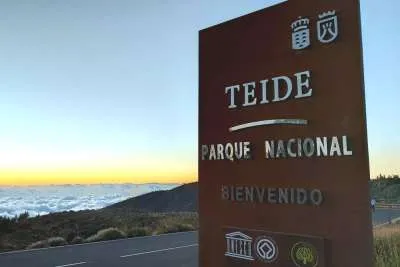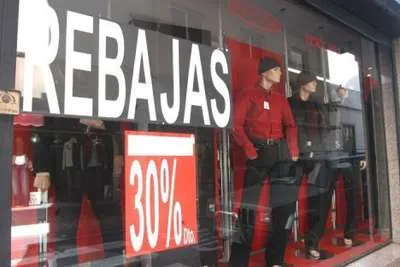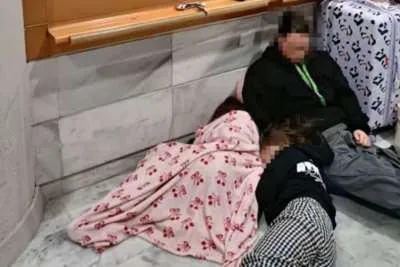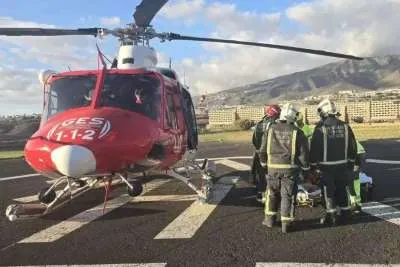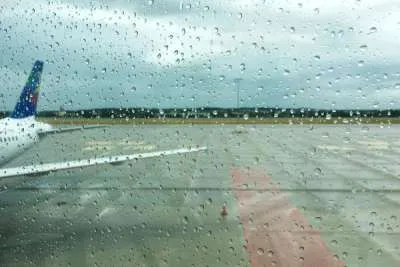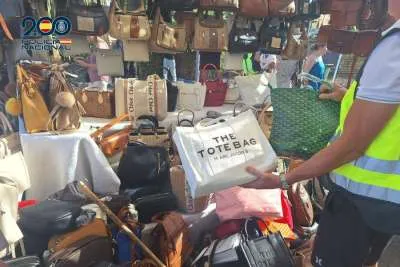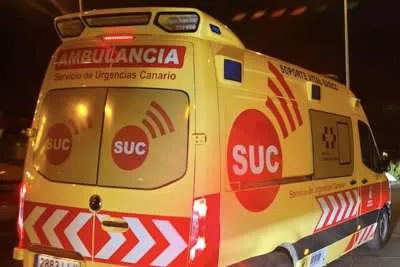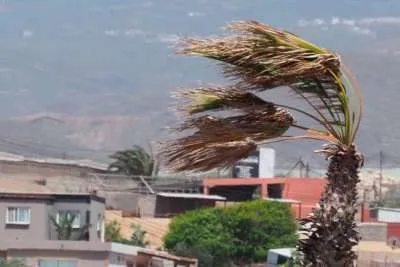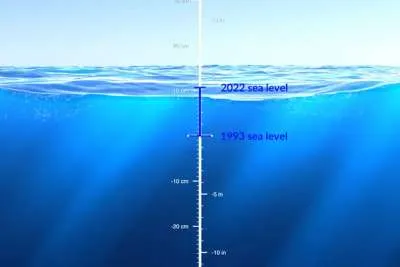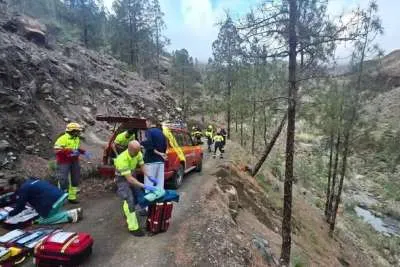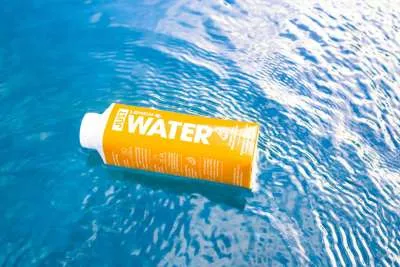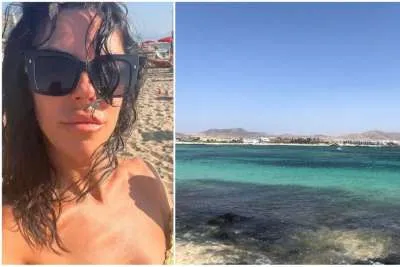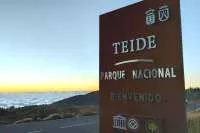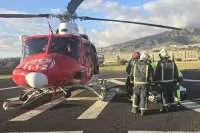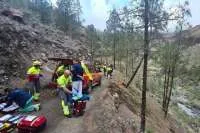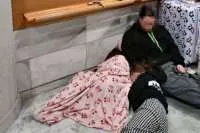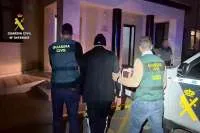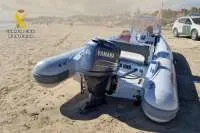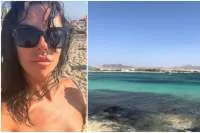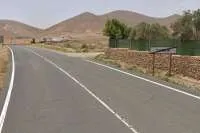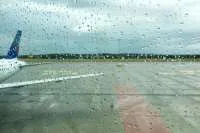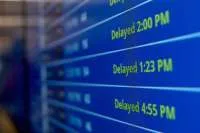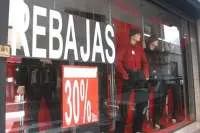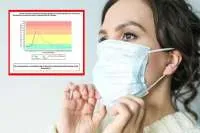Government wake up... the sewage in the sea is making holidaymakers ill
- 10-04-2023
- National
- Paul Montague, Blevins Franks
We keep being told we need tourism to survive, and few would disagree that Although we might talk about matters like quality, numbers, restrictions, and all-inclusive, we will always have tourism, and will always need it at some level or other. But, we have a problem.
Despite regional authorities doing their utmost to promote these islands, they are not putting the same effort into infrastructure nor, indeed, into enforcing what little legislation seems to exist to keep standards high and to keep us all safe.
One particular problem we have, which has now been several years without a solution, is what are called “vertidos”. We might understand them as “spills”, but these are not few, nor accidental. It's not a case of tests occasionally showing an elevated E.coli reading resulting in a beach being closed for a short period, but continuous contamination with raw sewage intentionally being pumped straight into the sea.
Even worse, this is not in one or two areas, but all around the islands. How difficult is it to understand that swimming in sewage or walking near coasts where faecal droplets in spray create an aerosol infection, is making the tourists we claim to need so much, very ill?
Is it good for tourism when, for example, a Facebook group like PUERTO DE SANTIAGO - LOS GIGANTES, the west coast of Tenerife, carries a post from a prospective holidaymaker, in this case, Dave Sey, expressing concerns about a forthcoming visit to the TUI BLUE Hotel in Los Gigantes because of reports about a gastric sickness bug?
“This isn't an isolated case”, Mr Sey wrote, since “on the TUI BLUE app, it's at an epidemic level now, as more and more people are coming down with the infection every day”. He asked if the issue is “at the TUI BLUE only or have others come down with a similar bug”.
Well, tens of replies to Mr Sey's post confirmed what is now widely known, that it is not a problem confined to one hotel, nor even other hotels in the area, some of which have developed a reputation over recent years as being “Norovirus Central”.
It is not, in fact, a hotel problem at all but a coastal one, and as one responder said, it is everywhere in that area. It won't be news to residents, tourists and environmental activists in El Médano, however, because they are used to protesting about similar instances there.
Reports spread not just through Facebook but also Tripadvisor, where poster a&K wrote a review entitled “We caught the bug”. Their report said that they “only managed one full day of us both being well in the whole week so our whole holiday was ruined”. They added that they had “talked to people in Los Gigantes who were affected by the sickness bug… and I also saw 2 ill people at the airport”.
And yet it is not just Tenerife or tourists who are affected. Some residents report being admitted to hospital while others suffer at home. A couple of Puerto Santiago residents recently became very unwell after sitting for some hours by the sea enjoying the lovely ambience where they had chosen to spend their retirement.
Within three days, however, they were confined to bed with severe stomach pains, vomiting and diarrhoea, conditions which persisted for several days. While they had been at the seaside there were weather alerts for “costeros”, coastal phenomena which produce rough seas and high waves.
Readers will be well aware that people are told to avoid the coast during these alerts because they risk being swept out to sea, but when another resident reports seeing “shit and toilet paper in the sea in Playa la Arena”, it is plausible that the alerts are also an unspoken attempt to stop people being infected by airborne transmission as the sea spray Is blown inland.
It is not, after all, as though the authorities are unaware of the problem. GRAFCAN is a public organization which produces maps of geographic information in various fields in the Canaries. It is something the Government used, for example, during the worst of the Covid outbreak to show areas affected and rates of infection.
It has produced this map showing points around Tenerife's coast which are spewing sewage straight into the sea. A quick glance at the map shows why there might be such a concentrated problem between Playa la Arena and Los Gigantes.
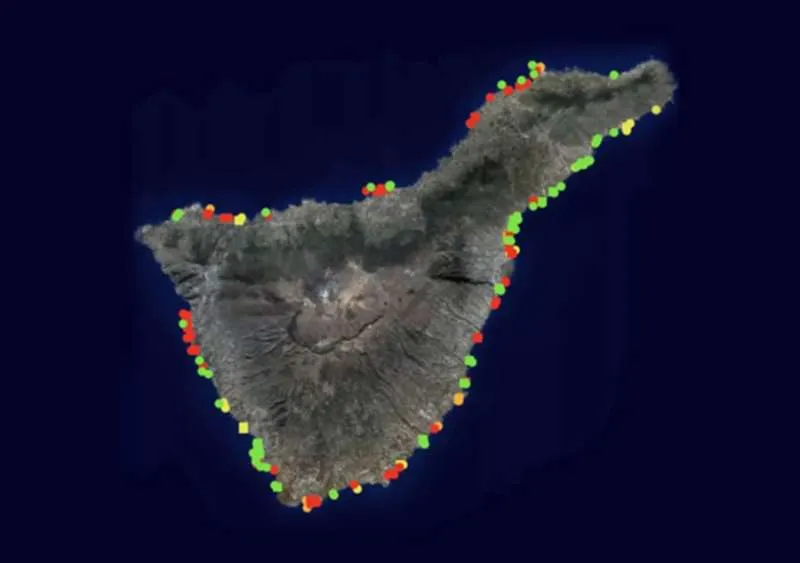
Over a year ago, there were complaints that there were 209 points of “vertidos” of which 136 were unauthorized. Many thousands of litres of sewage were and still are being pumped directly into our island's coastal seas. Apart from the egregious disregard for the environmental and physical safety of the unauthorized ones, some might also wonder why any were authorized at all. Imagine this near your chosen beach; imagine swimming in it.
What will it take for the Canarian Government to legislate against these catastrophic environmental outrages? And if, as they claim, the legislation exists, the question remains what it will take for them to enforce it. At present, the Government passes the buck to the Cabildos (island council), which pass the hot potato along to the Ayuntamientos (local council), which in turn say they will make local businesses accountable, but never do.
Our residents deserve better. As one who was recently very ill said: “It makes me very angry that we live here in this beautiful spot and can't enjoy what is on our doorstep safely.”
And if residents don't matter to the politicians, surely tourists do because they talk about the need for them constantly. And apart from making residents ill, we are making tourists very sick and, in turn, even reconsider visiting the Canaries.
Some are on record clearly stating they won't be back. When will those who promote tourism, let alone those who just want to live safely, understand that, as a&k concluded, “the whole experience has completely soured our love of Los Gigantes and possibly returning”?


